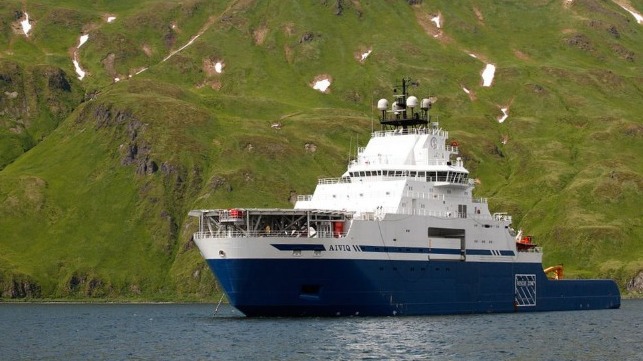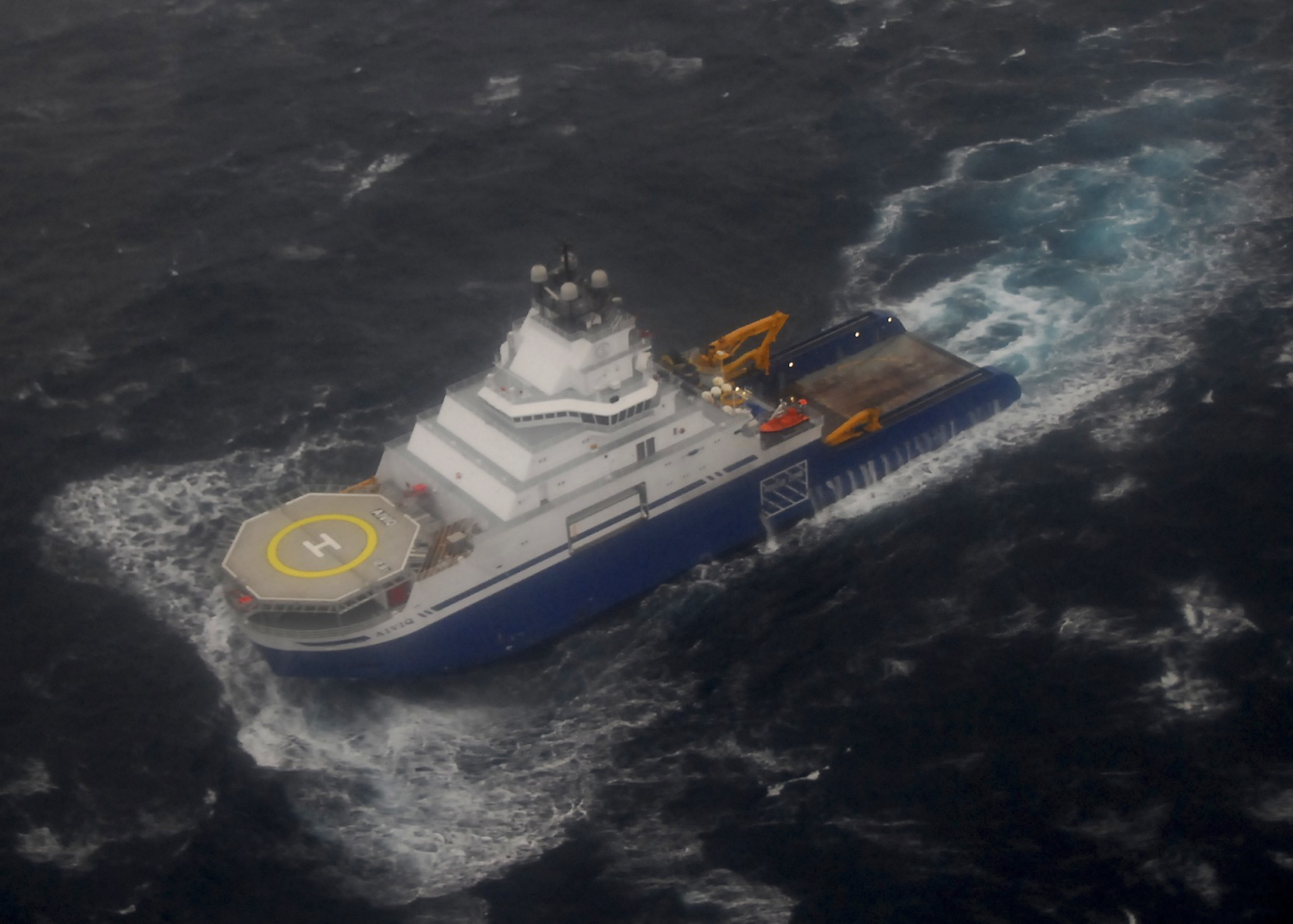- Reaction score
- 8,475
- Points
- 1,210
Max speed calculation is: hull speed in knots equals 1.34 times the square root of the waterline length in feet (HS = 1.34 x √LWL). Longships are faster than stubby ones (physics!). Of course, there are sea-keeping characteristics involved which is why we don't have pencil-shaped ships.Does that have an impact on top speed? I would think so, but rely on your expertise.
All that being said moving a big object requires power. More weight requires more power for the same speed. I don't believe the CSC will have the power to reach its max speed for its hull form. I suspect not as Halifax classes are listed to be faster with a shorter hull. Given more weight, it would make sense all other things being equal the ship would have a lower max speed, definitely lower acceleration.
I would think a CSC hull form given enough power could go 30+ knots before it tops out as they are a similar size to an Arleigh Burke, which uses four GT's to make 30+ knots. Burkes can outrace a CPF over longer distances. (CPF's have them in the sprint though as their acceleration is significantly higher).
However, CSC just needs to reach the min speed of the requirements 27 knots and doesn't require the massive power to go faster. At some point, you just have diminishing returns as the fuel is burned away at a ridiculous rate.







